Peru Transportation Guide
Peru Transportation Guide: Navigate diverse landscapes using buses, taxis, and domestic flights. Book train tickets early for Machu Picchu access.
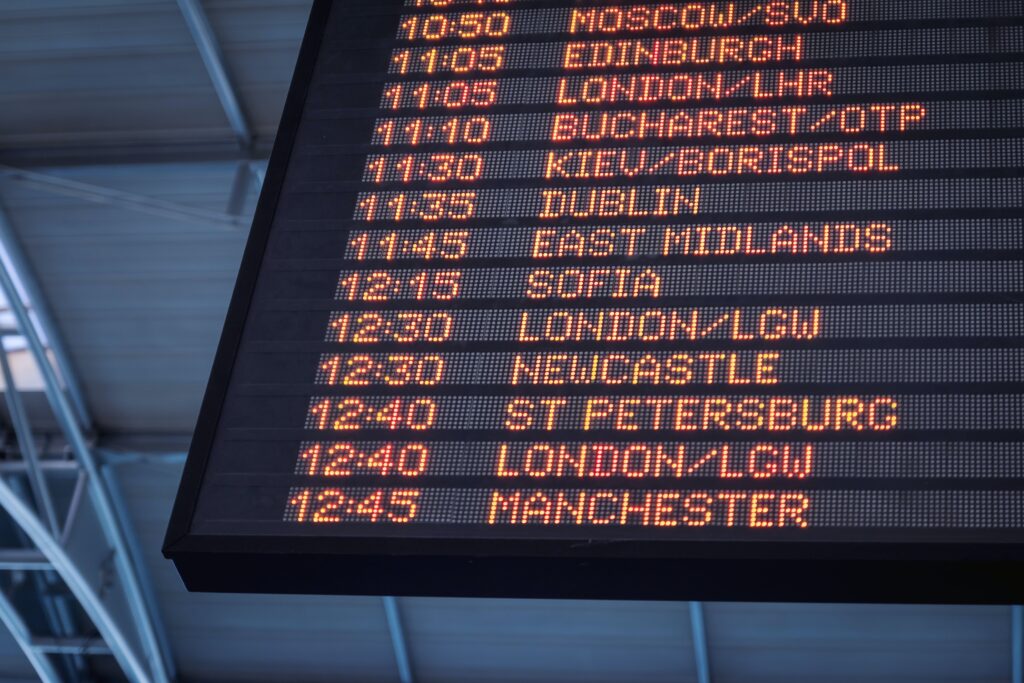
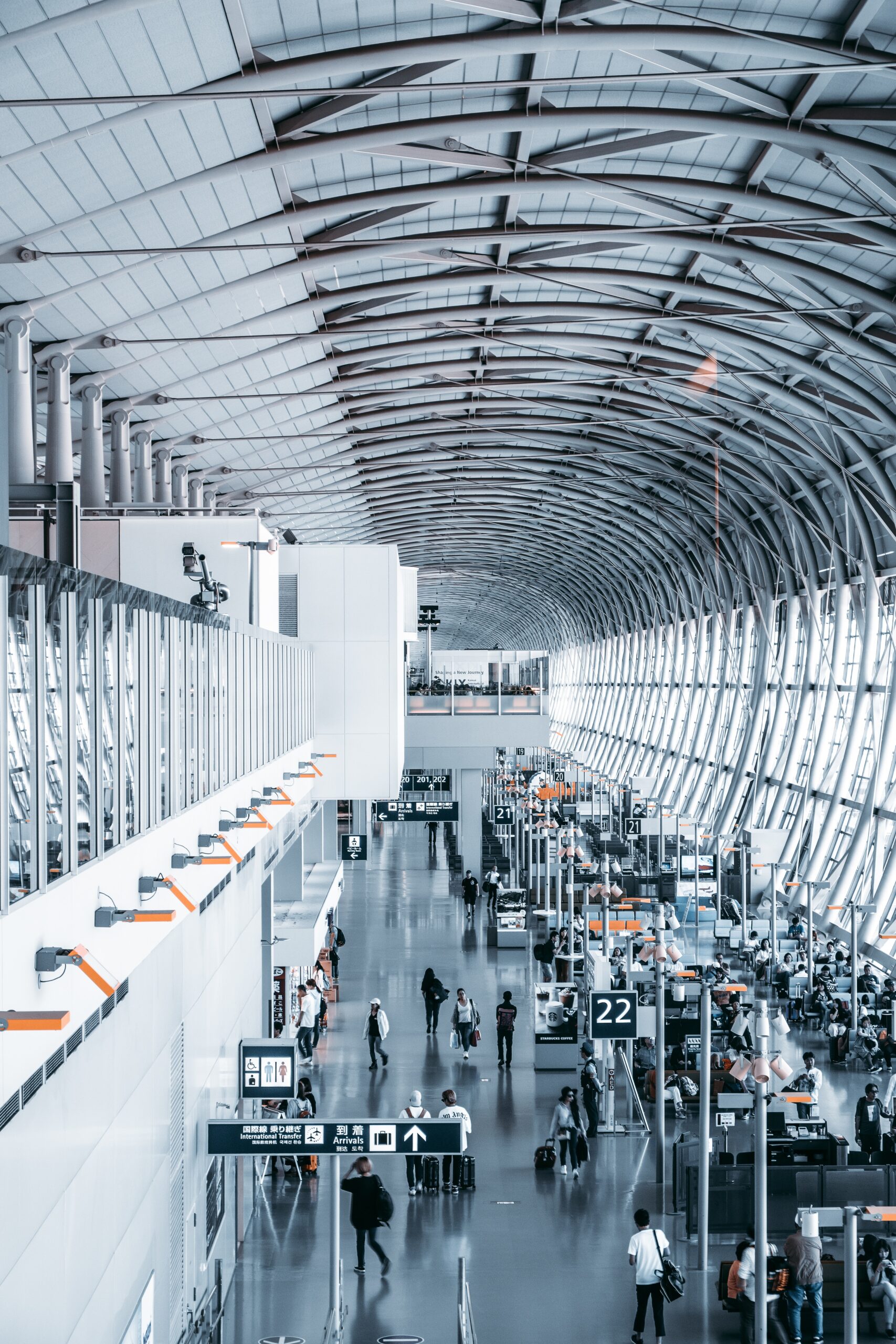
Peru Transportation Guide – International Airports
Peru has several international airports, some of the major ones include:
Jorge Chávez International Airport in Lima
Alejandro Velasco Astete International Airport in Cusco
Rodríguez Ballón International Airport in Arequipa
Capitán FAP Carlos Martínez de Pinillos International Airport in Trujillo
FAP Captain Guillermo Concha Iberico International Airport in Piura
Coronel FAP Francisco Secada Vignetta International Airport in Iquitos
Padre Aldamiz International Airport in Puerto Maldonado
There are several other smaller international airports in Peru, as well as many regional and domestic airports.
National Airports
Here are some of the national airports in Peru:
Alejandro Velasco Astete International Airport (CUZ) – Cusco
Rodríguez Ballón International Airport (AQP) – Arequipa
Coronel FAP Francisco Secada Vignetta International Airport (IQT) – Iquitos
FAP Captain David Abensur Rengifo International Airport (PCL) – Pucallpa
FAP Captain Carlos Martínez de Pinillos International Airport (TRU) – Trujillo
Teniente FAP Jaime A. De Montreuil Morales Airport (CHM) – Chimbote
Padre Aldamiz International Airport (PEM) – Puerto Maldonado
Capitán FAP Renán Elías Olivera Airport (PIO) – Pisco
FAP Captain José Abelardo Quiñones Gonzáles International Airport (CIX) – Chiclayo
Juanjui Airport (JJI) – Juanjui
Peru Transportation Guide – Trains
Peru has several train services, including:
PeruRail: This is a train service that operates in southern Peru, primarily in the Cusco region. They offer various services such as the Vistadome, Expedition, and Belmond Hiram Bingham trains.
Ferrocarril Central Andino: This is the highest railway in the world and operates between Lima and Huancayo.
Ferrocarril Huancayo – Huancavelica: This is a narrow-gauge railway that runs between the cities of Huancayo and Huancavelica in central Peru.
Tren Macho: This train runs between the city of Huancayo and the district of Huaytapallana in central Peru. It is a narrow-gauge railway that provides a scenic tour of the region.
Tren de la Sierra: This train service operates in the Arequipa region of southern Peru and connects the city of Arequipa with the Colca Canyon. It provides scenic views of the Andean landscapes and wildlife.
Andean Explorer: This is a luxury train service that operates between the city of Cusco and the city of Puno, passing through the high Andean plateau. It is operated by Belmond and offers various amenities such as gourmet food, live music, and a bar.
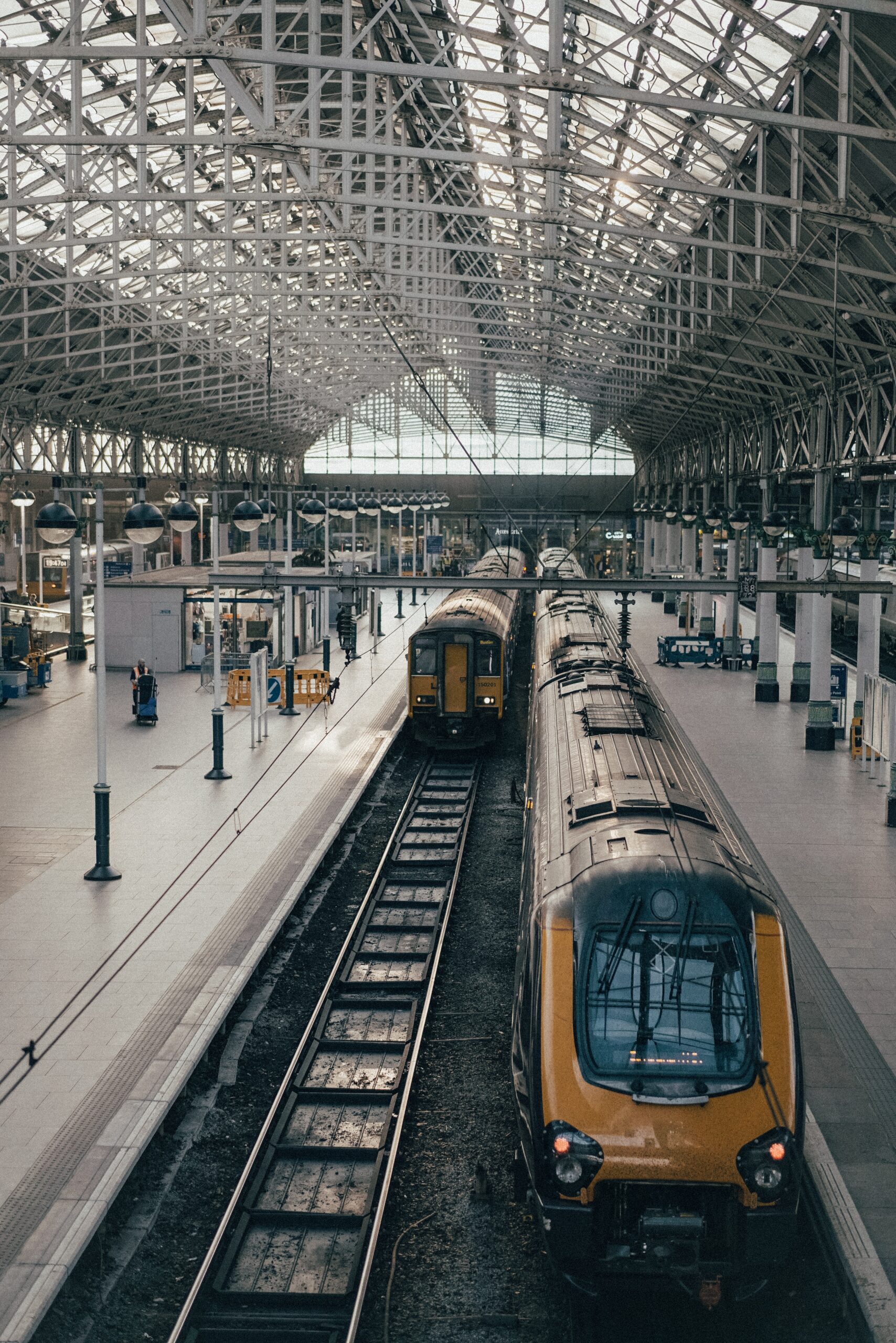

Peru Transportation Guide – Buses
Peru has a well-developed bus transportation system that connects most cities and towns across the country.
There are both public and private bus companies operating in Peru, offering different levels of comfort and price options.
Some of the most well-known and reputable bus companies in Peru include Cruz del Sur, Oltursa, Movil Tours, and Civa.
Many of these companies offer overnight bus services between major cities, which can be a convenient and cost-effective way to travel long distances.
Additionally, there are also smaller minibus companies and informal bus services that operate on more local routes.
Links of interest
Airlines:
LATAM Airlines: LATAM Airlines
Avianca: Avianca
Peruvian Airlines: Peruvian Airlines
Star Perú: Star Perú
Viva Air Peru: Viva Air Peru
Sky Airline Peru: Sky Airline Peru
Trains:
PeruRail: PeruRail
Inca Rail: Inca Rail
Buses:
Cruz del Sur: Cruz del Sur
Ormeño: Ormeño
Movil Tours: Movil Tours
Oltursa: Oltursa
Excluciva: Excluciva
Metro
Lima Metro: Link
Ride-Sharing:
Uber: Uber Peru
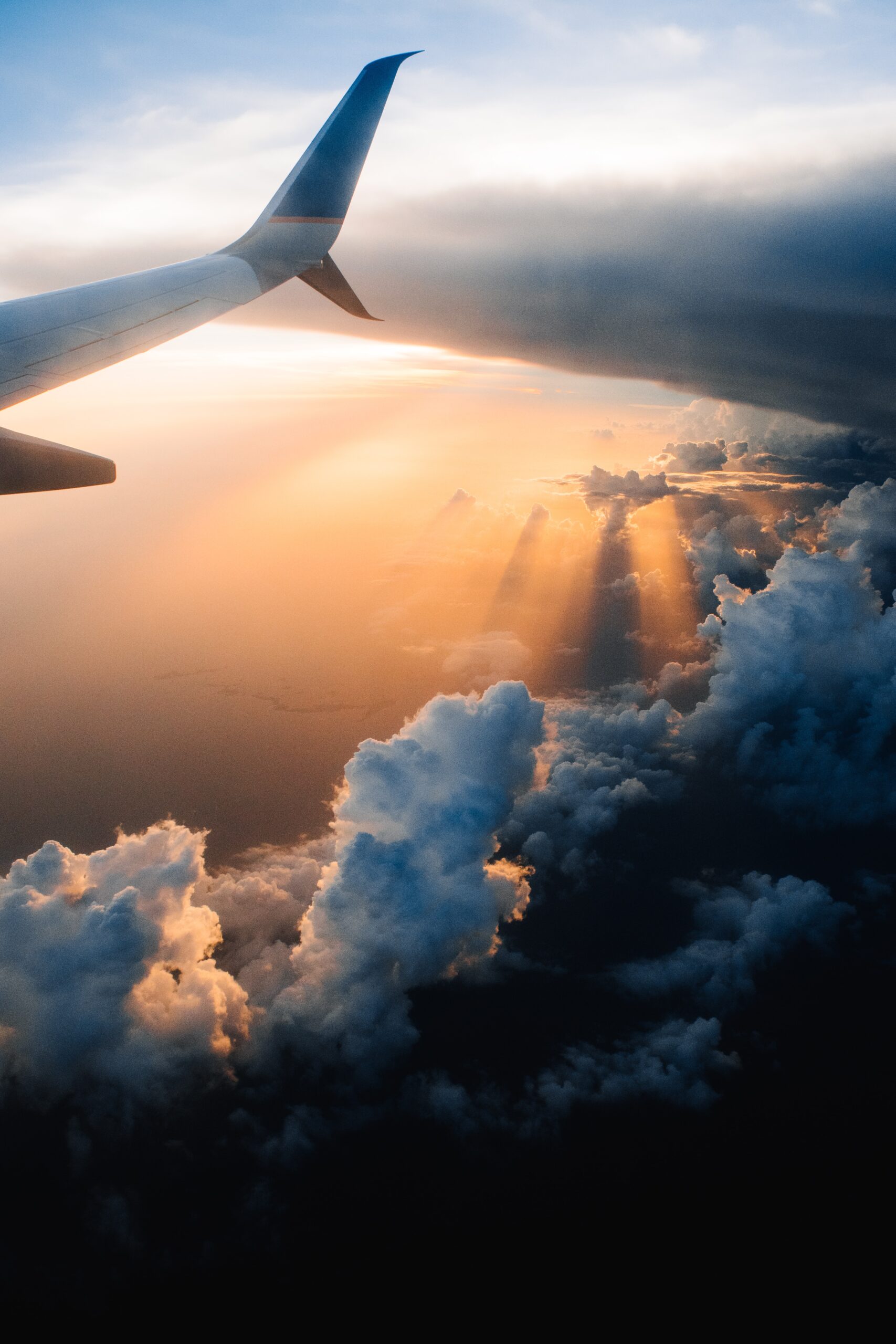
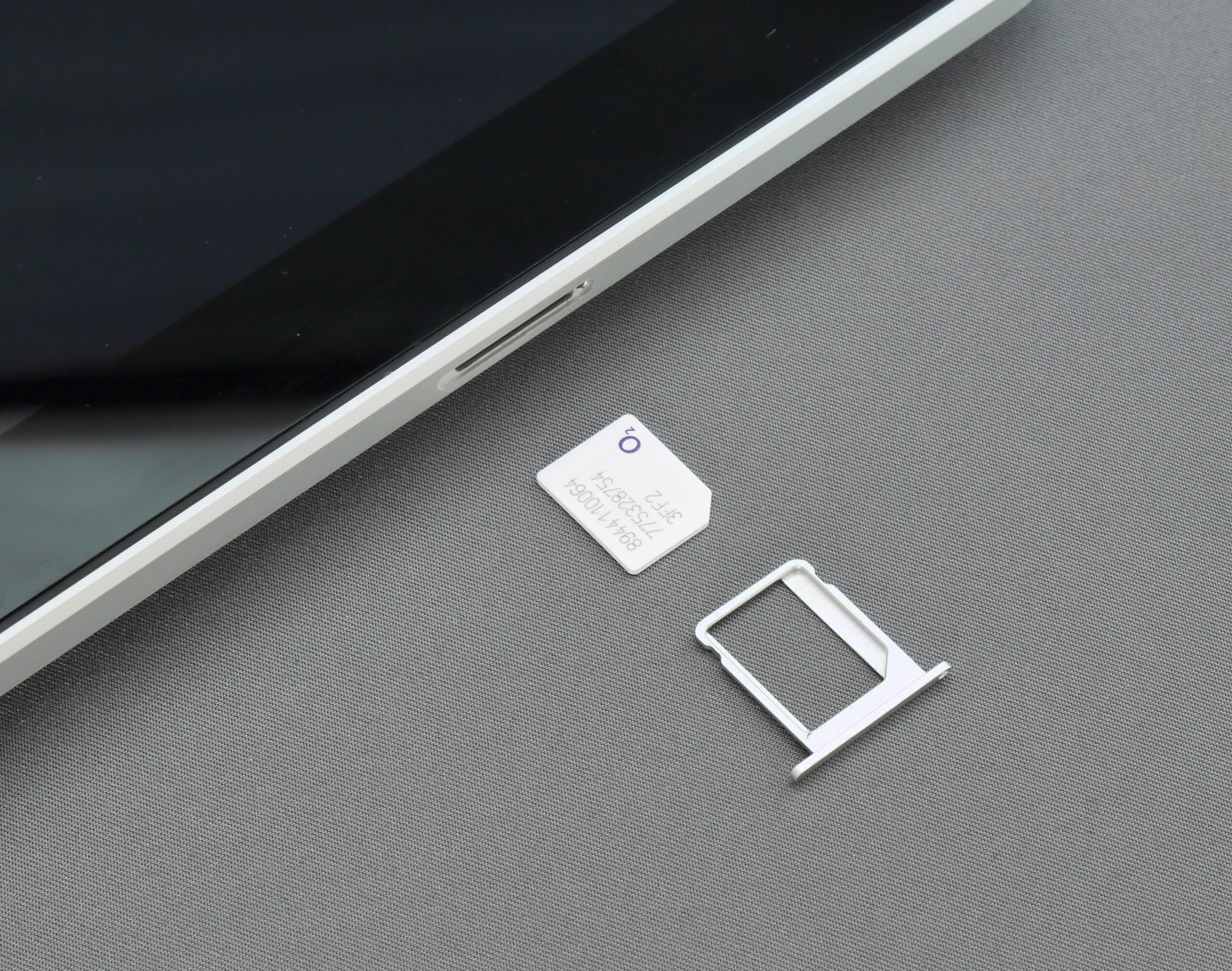
We recommend
Peru travel tips
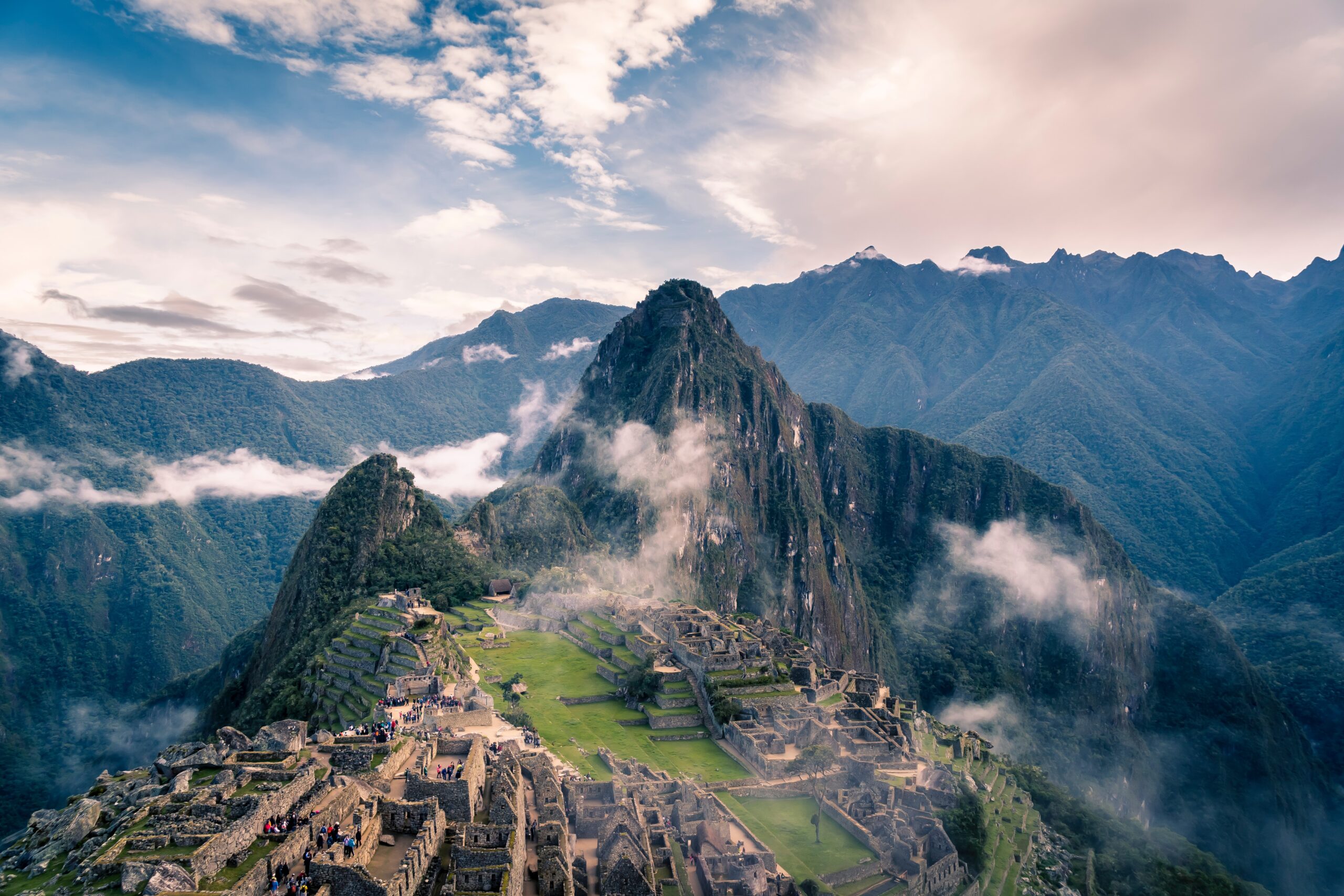
Our guide offers essential Peru travel tips and insights for an unforgettable journey. Plan your trip with us!
Peru Transportation Guide – SIM Cards
When traveling to Peru, getting a local SIM card can keep you connected. Here are tips for obtaining and using a SIM card:
Providers:
Major providers include Claro, Movistar, and Entel. Purchase a prepaid SIM card at their stores or authorized retailers.
Requirements:
You may need to show your passport to register the SIM card, as per local regulations.
Top-Up Options:
Recharge your SIM card with prepaid credit, available at convenience stores, kiosks, or through the provider’s app.
Data Plans:
Choose a data plan that suits your needs. Providers offer various packages for calls, texts, and data.
Coverage:
Verify coverage in your travel destinations. While major cities have good coverage, rural areas may have limited connectivity.
Internet and Apps:
Use local data for maps, translation apps, and communication. Wi-Fi is also available in hotels and cafes.
Mobile Hotspots:
Consider a mobile hotspot if you need to connect multiple devices.
Emergency Services:
Save local emergency numbers and have a reliable means of communication in case of need.
Unlocking Your Phone:
Ensure your phone is unlocked before arriving in Peru to use a local SIM card.
Provider Websites:
Check the official websites of Claro, Movistar, and Entel for the latest information on plans and services.
Remember to confirm details with the provider and check for any changes in policies or offerings.
Currency Converter
Currency Converter EUR/USD: Sun, 8 Jun.
Unit Converter
Peru Transportation Guide – Maps
What map do you need?
Choose your destination
More information about this country





